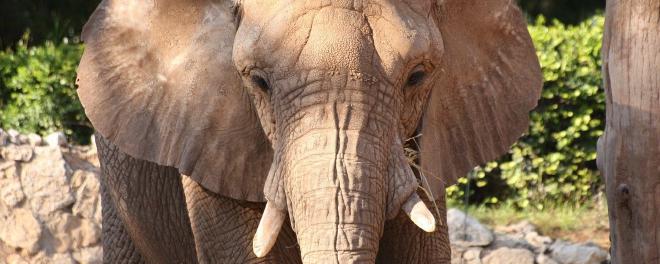CNPG Recipe 16 - Balancing Data Durability and Self-Healing with Synchronous Replication

Table of Contents
CloudNativePG 1.25 enhances control of PostgreSQL synchronous replication with a new dataDurability option, allowing you to choose between prioritising data consistency or self-healing capabilities. This article explains the feature, contrasts it with previous approaches, and provides guidance on migrating to the new API format.
In “CNPG Recipe 13 - Configuring PostgreSQL Synchronous Replication”, I provided a comprehensive overview of how PostgreSQL synchronous replication is implemented in CloudNativePG. This article builds on that foundation by introducing a new feature available in CloudNativePG 1.25: data durability control for internal synchronous replication within a PostgreSQL cluster.
Addressing the Missing Piece in 1.24 #
As detailed in
“CNPG Recipe 13”,
CloudNativePG 1.24 introduced a new API for managing synchronous replication,
marking the beginning of the
deprecation process for the previous method based on minSyncReplicas and maxSyncReplicas.
However, a significant difference existed between the old and new methods in terms of data durability:
- The previous approach, based on
minSyncReplicasandmaxSyncReplicas, prioritised self-healing over data durability. If no replicas were available, CloudNativePG would automatically disable synchronous replication to maintain availability. - In contrast, the new API prioritised data durability. Write operations would hang if no synchronous replica was available, ensuring consistency but potentially impacting availability.
From my discussions with CloudNativePG users, the first option typically appeals to platform engineers focused on achieving large-scale self-healing and high availability, while the second aligns with the expectations of synchronous replication from a DBA’s perspective.
CloudNativePG 1.24 lacked an option to balance these two approaches, leaving users unable to choose between prioritising data durability or self-healing.
This limitation also hindered migration to the new synchronous replication API for users who relied on self-healing capabilities.
The dataDurability Option in CloudNativePG 1.25 #
CloudNativePG 1.25 introduces the dataDurability option in the
.spec.postgresql.synchronous stanza, enabling users to configure the
durability mode for synchronous replication.
This option allows a choice between two modes:
required(default): Ensures strict data consistency and durability, aligning with PostgreSQL’s behaviour. This mode maintains compatibility with the behaviour in CloudNativePG 1.24.preferred: Focuses on self-healing and high availability by automatically disabling synchronous replication when no replicas are available in the cluster. This mode bridges the gap between the new API for synchronous replication control and the previous approach based onminSyncReplicasandmaxSyncReplicas.
Migrating to the New Format #
After upgrading to CloudNativePG 1.25, it is recommended to update your
cluster’s configuration for synchronous replication based on minSyncReplicas
and maxSyncReplicas to the new API format based on the
postgresql.synchronous stanza.
For example, you can safely replace the following configuration:
# <snip>
minSyncReplicas: 1
maxSyncReplicas: 1
# <snip>
With the updated format:
# <snip>
postgresql:
synchronous:
method: any
number: 1
dataDurability: preferred
# <snip>
This configuration maintains the same behaviour as the previous approach using
minSyncReplicas and maxSyncReplicas, while also prioritising self-healing.
To shift the focus to data consistency, simply update the configuration to use
dataDurability: required in the snippet above. This allows you to align with
stricter durability requirements as needed from a DBA standpoint.
Upgrade today to CloudNativePG and enjoy this new feature!
Stay tuned for the upcoming recipes! For the latest updates, consider subscribing to my LinkedIn and Twitter channels.
If you found this article informative, feel free to share it within your network on social media using the provided links below. Your support is immensely appreciated!
Cover Picture: “Elephants“ (public domain).